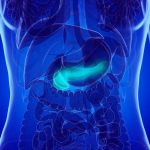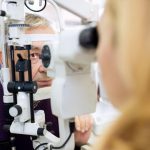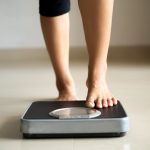
About one in eight military families are turning to food banks and community pantries to make ends meet and feed their children, a new study finds. More than 13% of military families with at least one child said they used a food bank at least once in the past 12 months, according to a 2021 survey of more than 8,300 families with an active service member in the U.S. Army or Air Force. The odds of using a food pantry increased by 35% for each dependent child in the family, the results showed. “If we look at the American population in general, about half of Americans are living paycheck to paycheck,” said lead researcher Catherine O’Neal, an assistant professor in the University of Georgia’s College of Family and Consumer Sciences. “So, it’s not really all that surprising that what we’re seeing with the military reflects the broader population.” Army families were 131% more likely to use a food bank than Air Force families, and lower-ranking service members were more likely to need a food bank than those of higher rank, researchers found. Asian, Black and multiracial families were about 50% more likely to use a food bank than White families. Previous research has shown that about one in four military families experience some level of food insecurity. Given this, researchers suspect more military families might… read on > read on >


















